Let yourself be surprised by the beauty of these landscapes by discovering our selection of the ten largest deserts in the world.
When one evokes the desert, the spirit immediately turns to the infinite dunes of the great Sahara, its burning sand and its almost unbearable heat. We then imagine ourselves lost among the crossing tuaregs this immensity accompanied by their camels, hoping to find an oasis where fresh water would save us from this stifling climate.
Yet, believing that deserts are only made of sandy dunes would be a mistake... Ice, rock or salt, they are on Earth so many that we could not count them. Today, Wanderlix invites you to discover the 10 largest desert areas around the world.
1. Antarctica
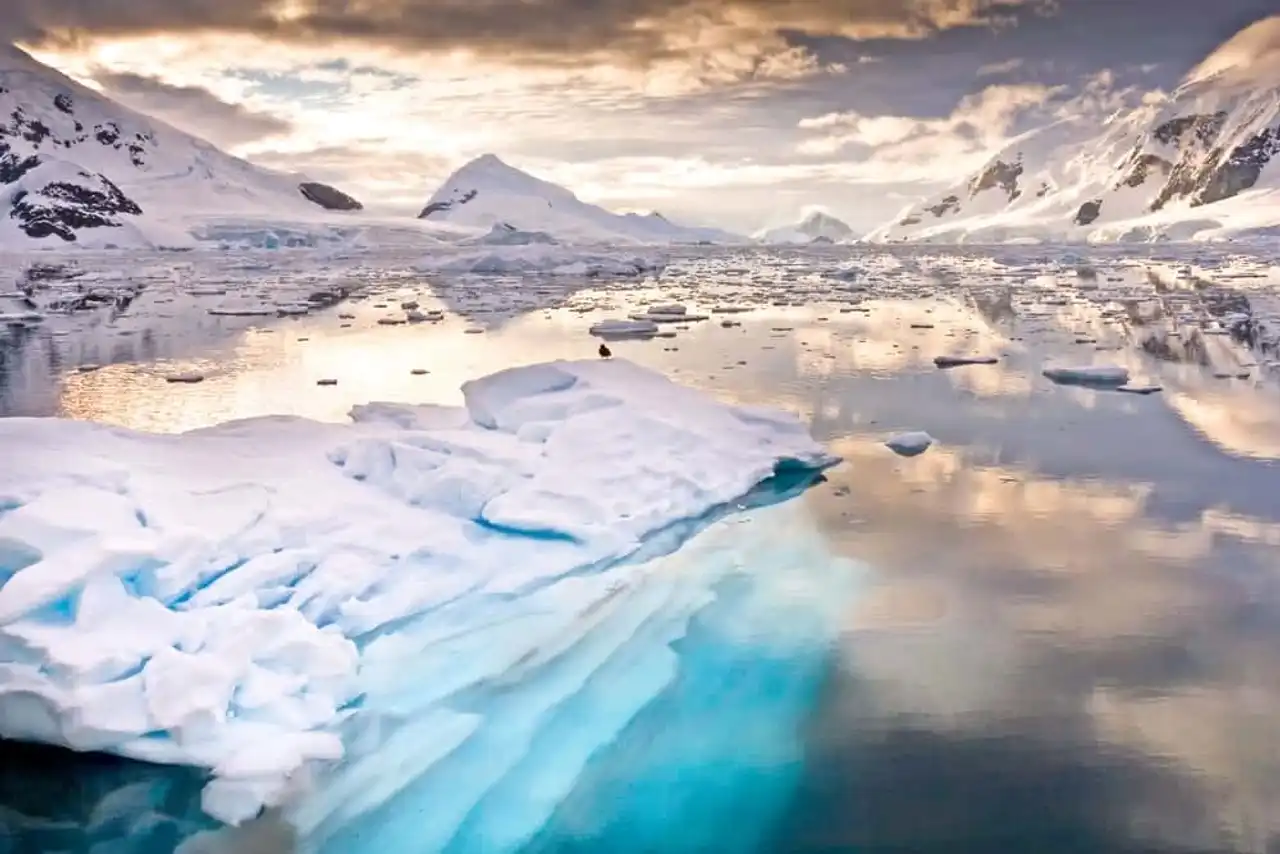
Photo credit: Shutterstock – Wim Hoek
Antarctica is the world’s largest desert with a surface area of 14 million km2. It allows it to be the fifth largest continent in the world in front of Europe and Oceania... Just that!
Its geography and temperatures also make it the coldest, dryest and most windy desert on the planet. The almost total absence of precipitation in this area – less than 200 mm of annual precipitation – explains its number 1 place in our ranking of the largest deserts in the world.
- ✓ Did you know? an Antarctic area – named “McMurdo dry valleys– has not received precipitation for about 2 million years!
2. Arctic
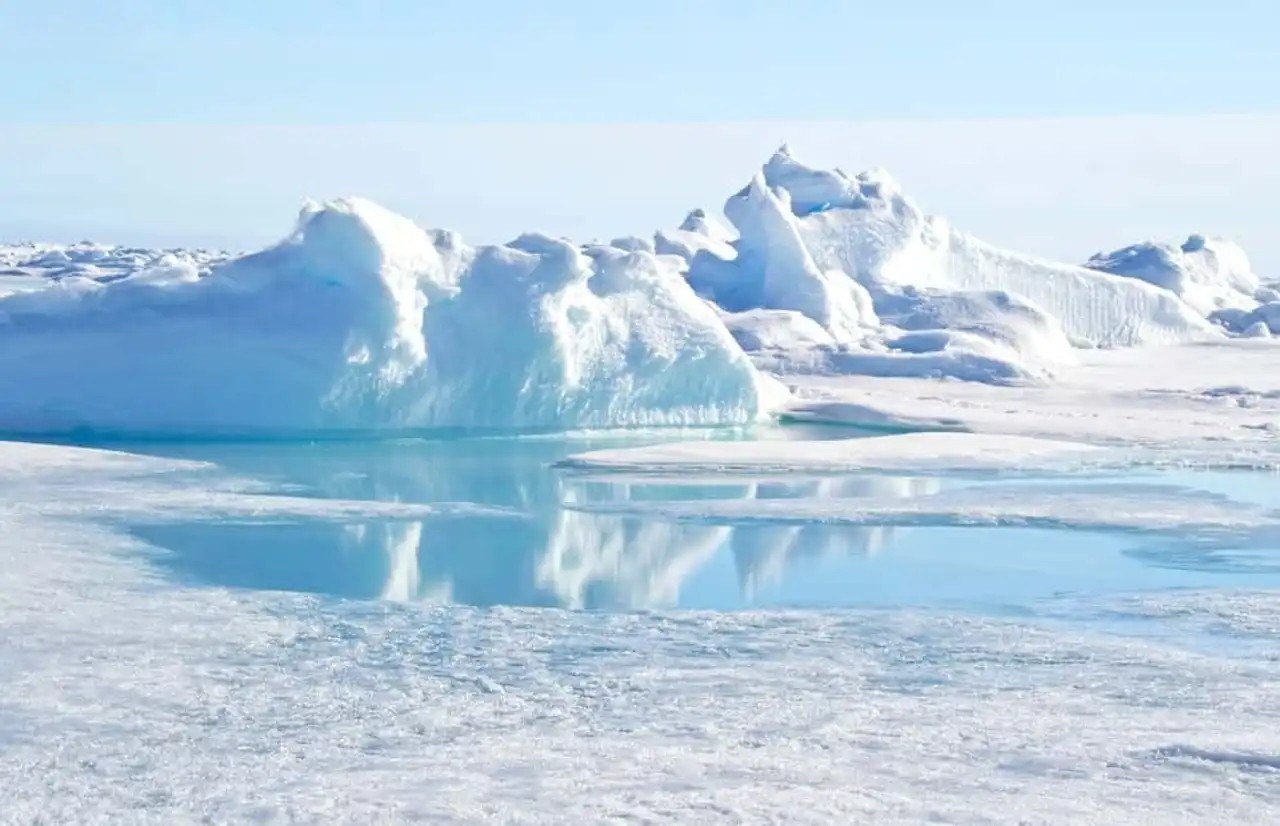
Photo credit: Shutterstock – Christopher Wood
The Arctic, in turn, is one of the largest cold deserts on the planet with an area close to that of Antarctica: 13.7 million km2! This region is the seat of a quasi-permanent anticyclone, causing a climate phenomenon involving low rainfall.
Indeed, the Arctic receives less than 250 mm of annual precipitation on average, most of the time in the form of snow, which explains why this area is considered a real iced desert!
- ✓ Did you know? Due to the geographic location of the Arctic, the sun never appears in winter!
3. Sahara
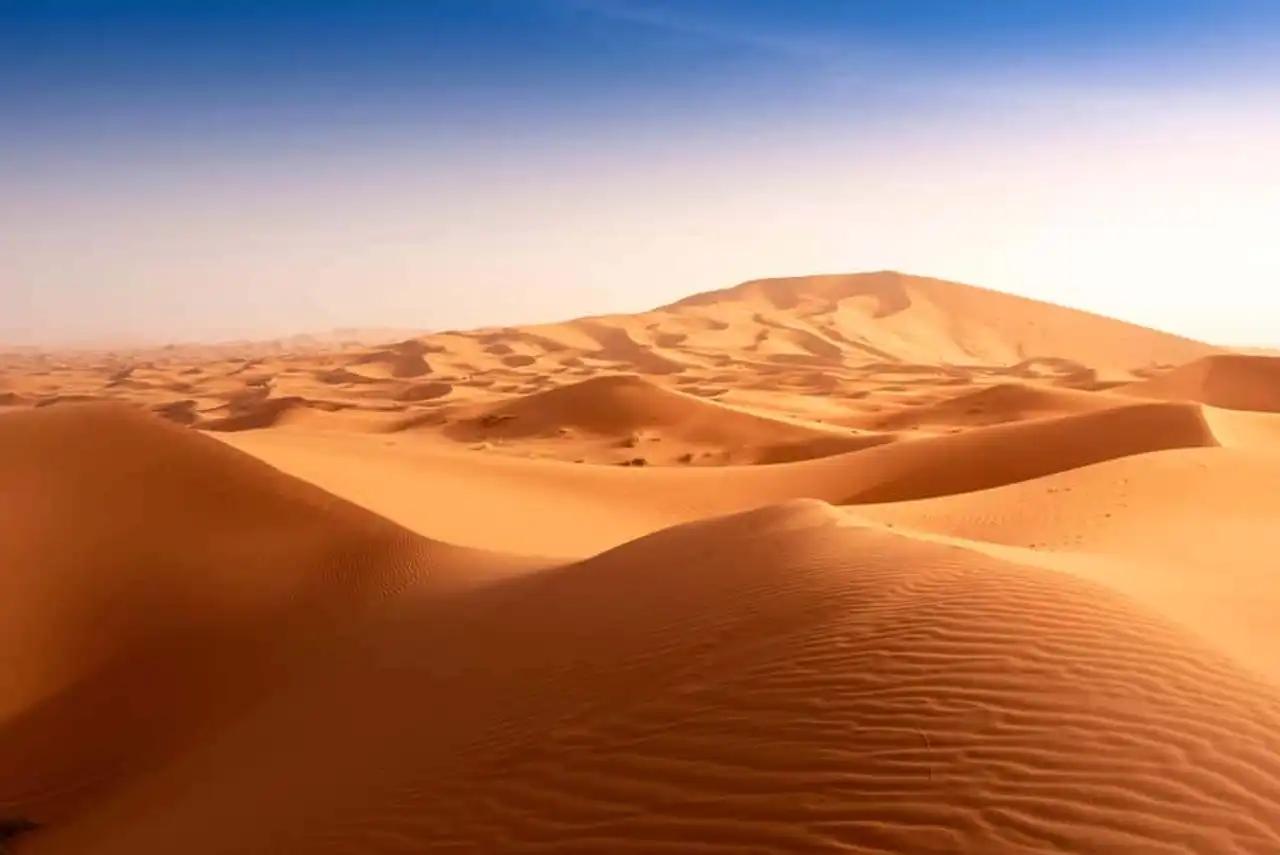
Photo credit: Shutterstock – freedom100m
The Sahara Desert stretches over nearly 9 million km2, and thus stands at the 3rd position of this ranking. It is obviously the largest sandy desert in the world, but also one of the most majestic! It extends over ten countries: from Tunisia , Morocco , passing through Algeria or the Egypt , but its borders are not really defined because it grapples several kilometers per year.
Its impressive temperatures, oscillating between 20°C in winter and up to 50°C in summer, explain its low population. Indeed, vast areas of this region are completely empty!
- ✓ Did you know? the sandy desert covers only 20% of the Sahara area!
4. Arabian Desert
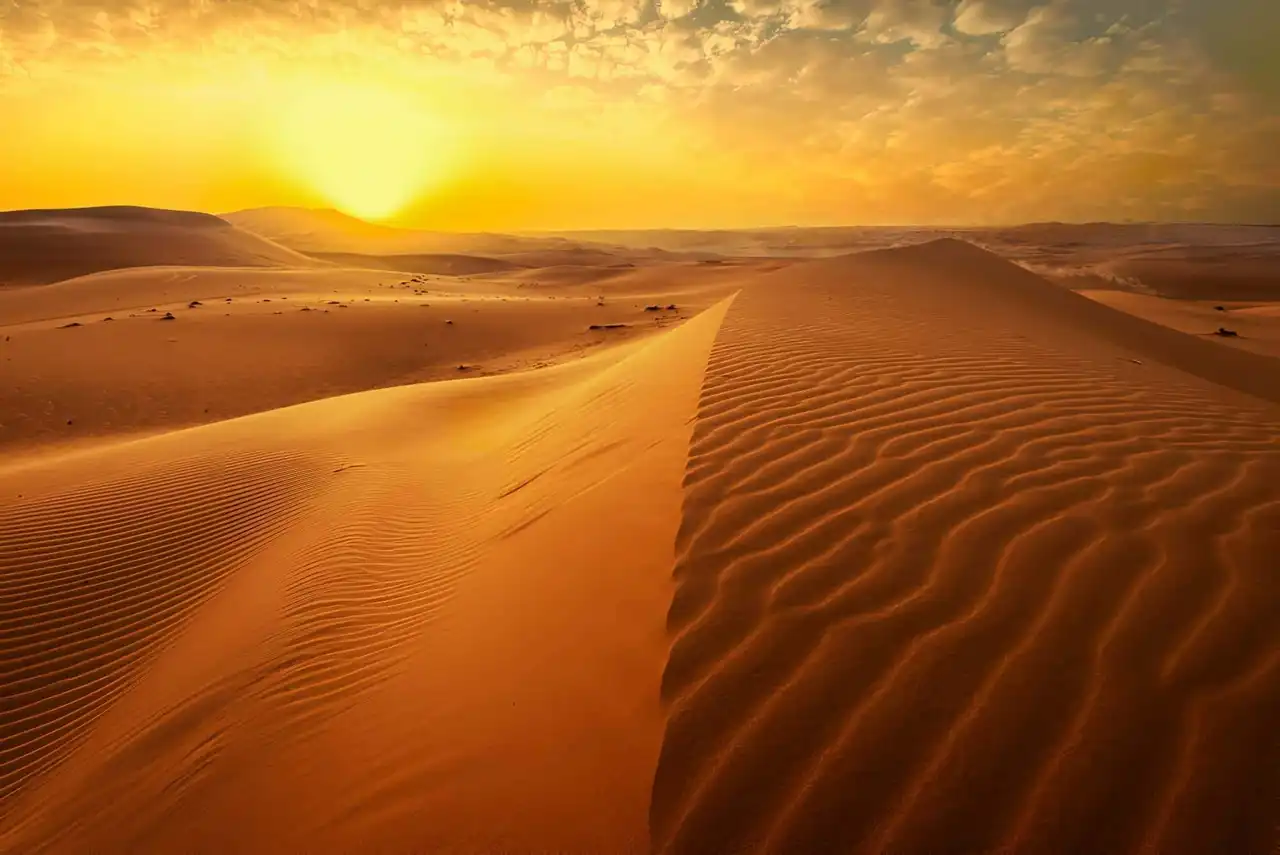
Photo credit: Shutterstock – WALEEDPD
extending from Yemen to the borders of Jordan passing through Iraq, the Arabian desert is also a true wonder. With more than 2.3 million km2, it is the second largest sandy desert in the world.
It is also the largest continuous stretch of sand on Earth, and some of its dunes can reach more than 250 metres high. His sand, with a much more ochre colour than that of the Sahara, makes him one of the splendors of our planet!
- ✓ Did you know? Depending on the seasons, temperatures can range from almost 70°C in one day!
5. Desert of Gobi

Photo credit: Shutterstock – Anton Petrus
Fifth of the world’s largest deserts, the Gobi Desert is also the largest continental desert in Asia. From China to Mongolia, it spreads and loses over 1.3 million km2.
If some imagine the Gobi Desert as a vast expanse of sand, it is nothing: only 5% of it is covered. The vast majority of this oscillates between arid steppe, rocks and mountains. The few rainfalls that he is witness make him sometimes... green!
- ✓ Did you know? Many travellers confess to having faced a sensation of horizontal vertigo through the Gobi desert!
6. Desert of the Kalahari
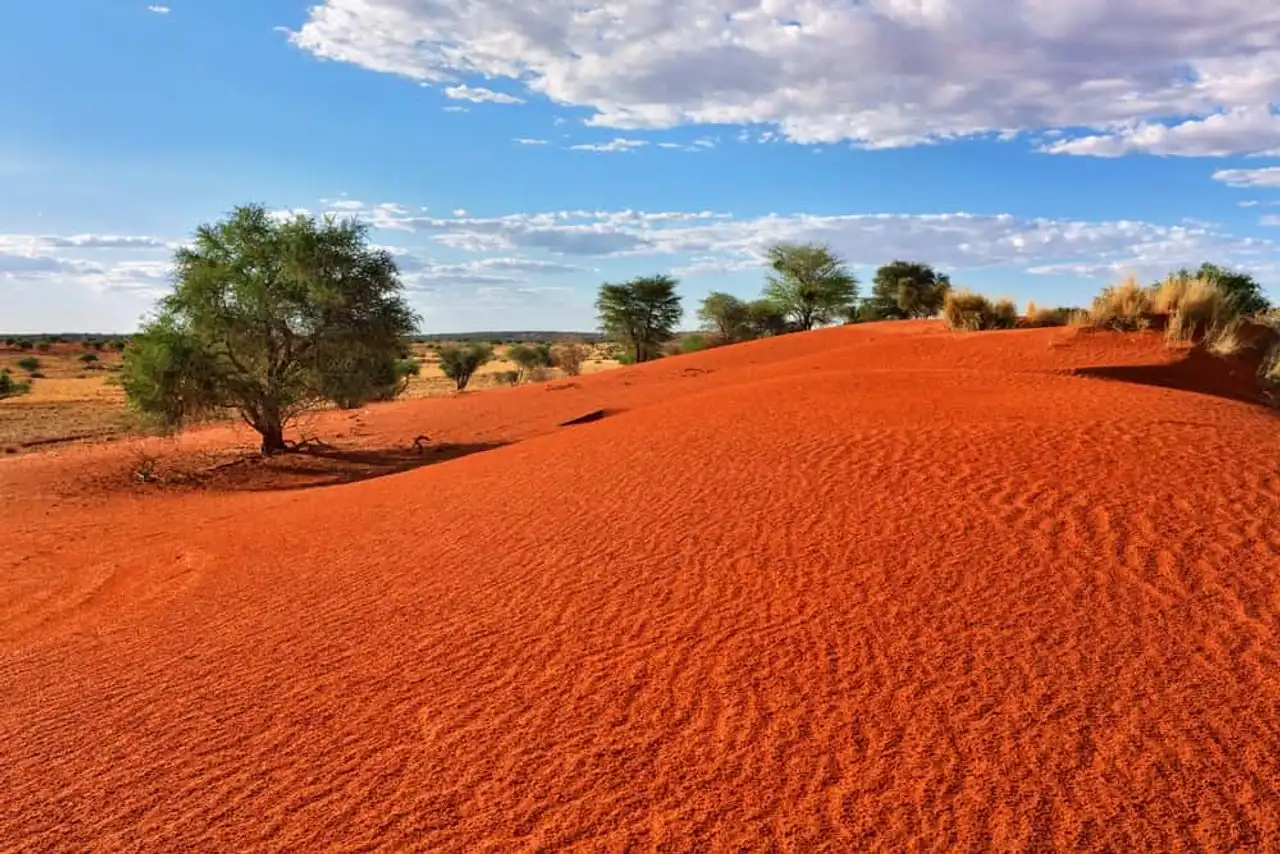
Photo credit: Shutterstock – Oleg Znamenskiy
Extended over nearly 900,000 km2, across Botswana, Namibia and South Africa the Kalahari Desert seems to have gone out of the accounts for children. The term “desert” is also inappropriate to designate the latter. Indeed, although permanent water plans do not exist, it nevertheless welcomes a vast vegetation.
The "desert" of the Kalahari still houses the San peoples (formerly Bochiman), who are the first inhabitants of southern Africa.
- ✓ Did you know? Khalahari is a derivative of the word Kgalagadi or Kalagare in tswana, which mean “great thirst” or “place without water”.
7. La Patagonie
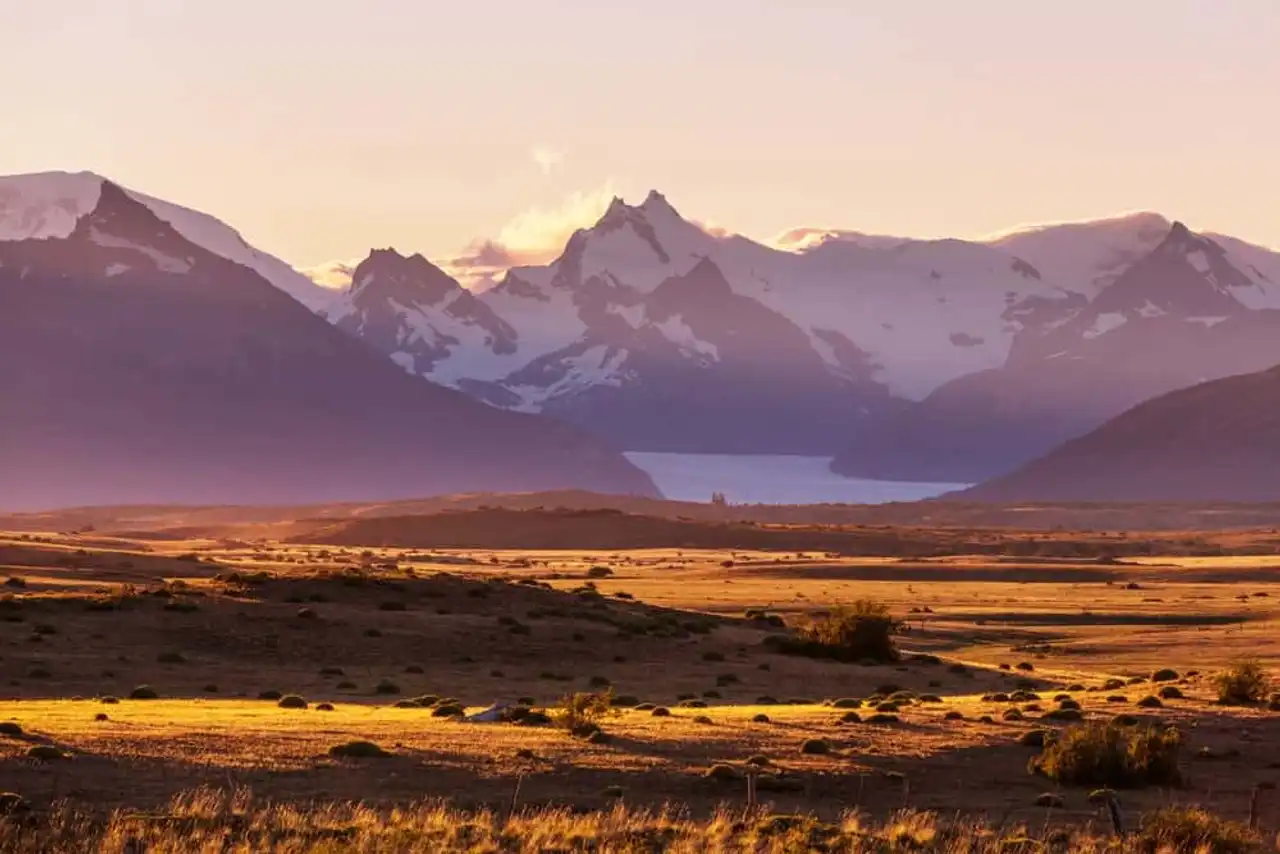
Photo credit: Shutterstock – Galyna Andrushko
Located in Argentina and Chile The Patagonia extends over 787,291 km2, more than once and a half the French territory. If it is not a desert itself, it is still considered a human desert, on the other hand, its small population.
But above all, it is considered by many as one of the most beautiful regions in the world, with unforgettable landscapes. With thousands of mountain kilometers throughout the Andes mountain range, some of its peaks peak at more than 3,000 meters above sea level. Glaciers and lakes make this region one of the most incredible of our planet.
- ✓ Did you know? Patagonia is a sheep farmland. Some of these sheep feed on more than one hectare each!
8. Desert of Syria
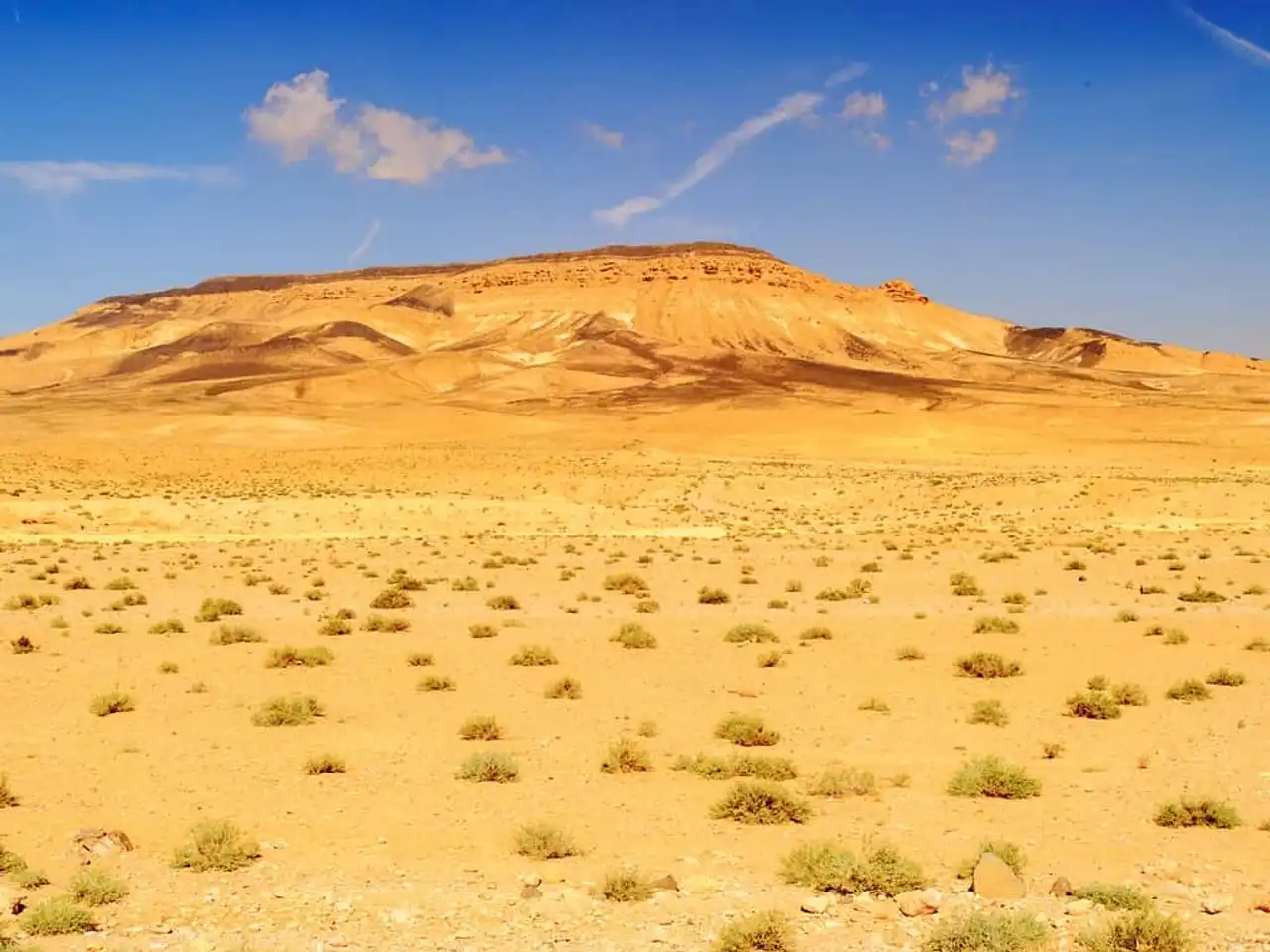
Photo credit: Shutterstock – Anton_Ivanov
The desert of Syria, also known as Chamiyé, is in the 8th place of our ranking of the largest deserts in the world, with an area of 520,000 km2. Rocailleux, arid and dry, he is one of the most hostile of our selection.
He is also the gateway to the Arabian Desert, 4th of this ranking.
- ✓ Did you know? A few tribes of Bedouin still populate this desert, as close to the few oasis that the region shelters.
9. Grand Basin
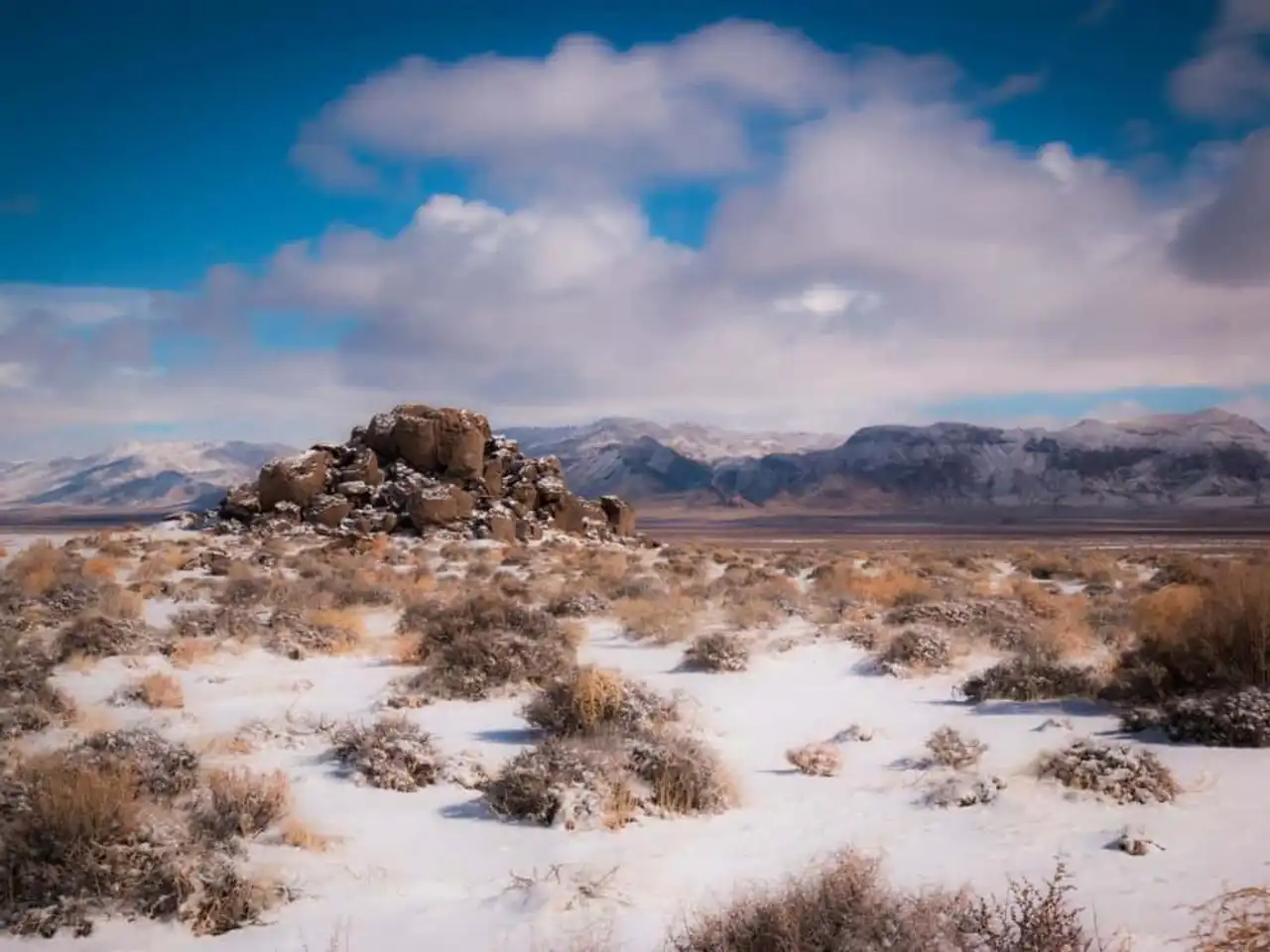
Photo credit: Shutterstock – Robert Stolting
The Grand Basin is a desert of the west of the United States, sheltering mountains and high plateaus. While it may seem very arid and wild, it still houses a wide variety of fauna and flora. We can even find the Grand Bassin National Park within it.
- ✓ Did you know? The Great Basin covers more than 10% of American territory, and is the dryest part of the country!
10. Desert of Chihuahua
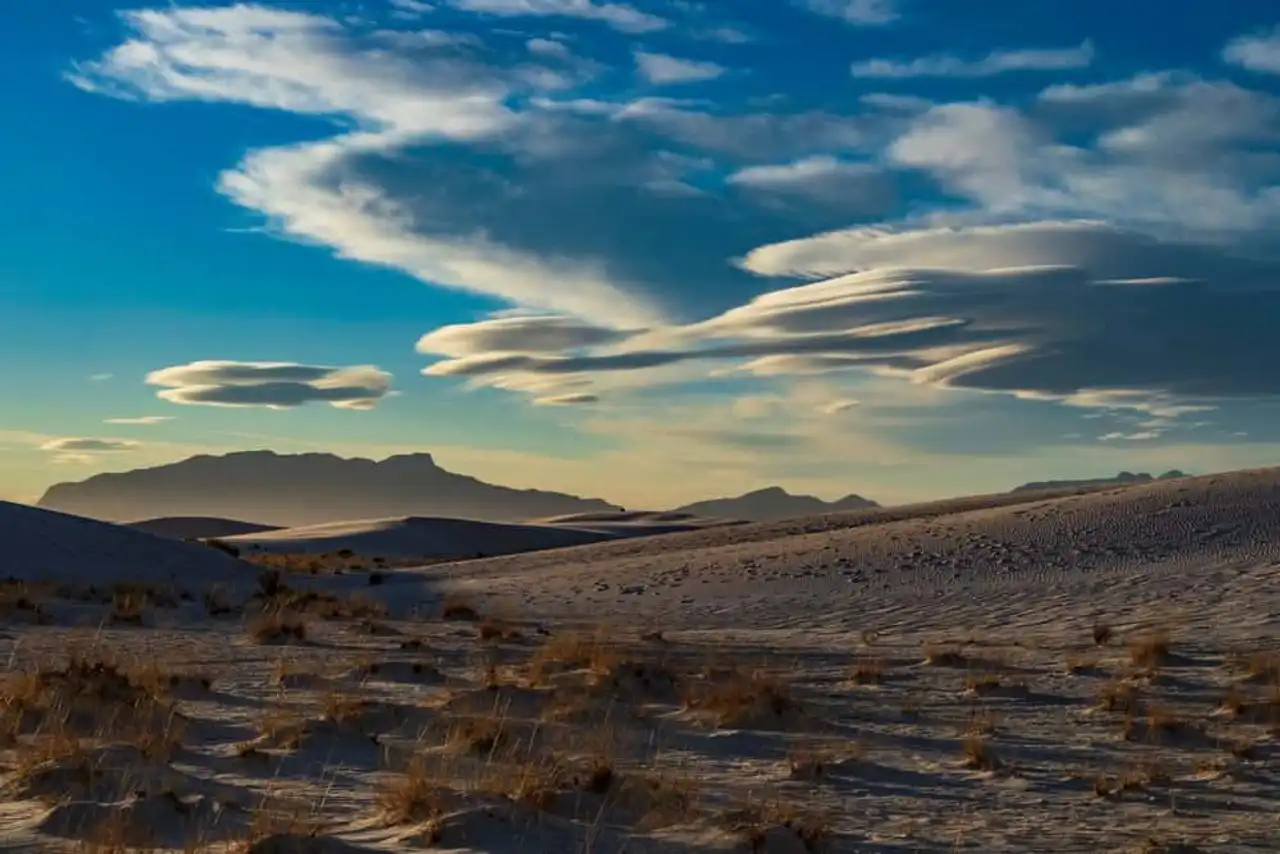
Photo credit: Shutterstock – Gonzal nathaniel
With about 450 000 km2, the Chihuahua Desert is the last desert of our selection! But it is undoubtedly the richest desert from a biological point of view. It offers beautiful natural scenery, made of a set of colors hardly equalable.
In the South of the United States, the desert is home to over 130 mammals, 3,000 plant species and 500 bird species.
- ✓ Did you know? Although considered an arid area, the Chihuahua Desert is home to 110 species of freshwater fish.






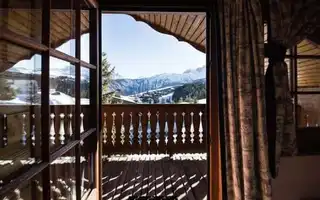
Loading comments ...